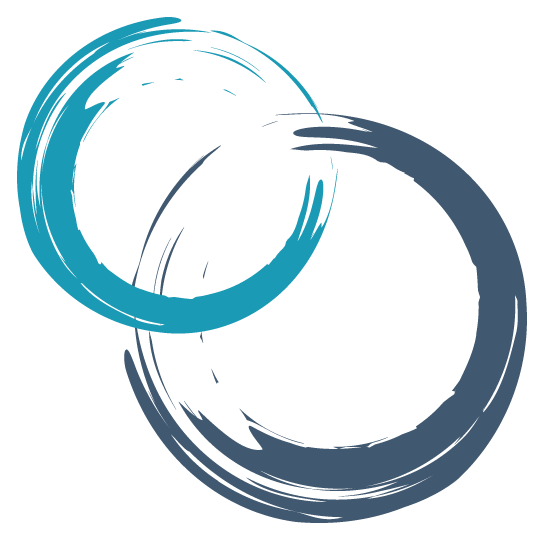
What is Agile Scrum?
The first step to find an answer to that question is to read the Scrum Guide which can be found on www.scrum.org Here’s their definition:
Scrum is a framework within which people can address complex adaptive problems,
while productively and creatively delivering products of the highest possible value.
Scrum is lightweight, simple to understand, but difficult to master.
Ok! That sounds great. But what does it mean exactly? Let’s first have a look at the traditional way of working in software development, the Waterfall approach.
In Waterfall we want to have clarity on time, money and functionality before we start with a project. This means we first spend a lot of time investigating the business requirements, so we can predict the outcome of the project as good as possible. Or in other words: How long will it take to build a specified set of functionality and at what costs? After we got approval on our plan we stick to it. So nothing should change until we have delivered as promised.
Is anything wrong with that? Well yes, actually there is.
The first problem is that you assume your business knows exactly what it wants. That might be true in some cases, but mostly people discover what they want. You can’t make a plan for that without constantly changing it.
Secondly the developers have to innovate before they can build the required system. The problems they have to solve are often very complex and mostly new to them. So they too go through a discovery process.
And last but not least:
Assuming nothing will change during the project is a myth.
Many things will change and it will impact your project.
Due to these problems Waterfall projects usually do not deliver the expected business value. This is where Agile Scrum comes in. Because you want an approach that helps you to deliver the business value that you need at exactly the right time.
So how does it work? Instead of trying to predict the outcome of a large project, which is virtually impossible, we only focus on the things that will add the most business value.
We slice everything up in small increments so we can deliver new functionality every 2-3 weeks.
We make sure we constantly get feedback, from our business but also on the quality of our product. This incremental approach makes sure that we never waste more that 2-3 weeks of work if we went the wrong way. In the Waterfall approach it can easily take up to 6-9 months before you realize you should have done something else.
It’s actually all about LEAN.
Take small steps and improve where you can gain the most.
That’s what it’s all about. To achieve this goal Agile Scrum has defined a framework that will help you to focus on business value. But there’s more. In Agile Scrum teams have more responsibility in delivering working software. There are no more project leaders telling everybody what to do. There is only a Product Owner who tells the team what they should build. The team must organize itself and will decide how to build the required products all by themselves.
If you want to learn how it all works, go to scrum.org scrum guide